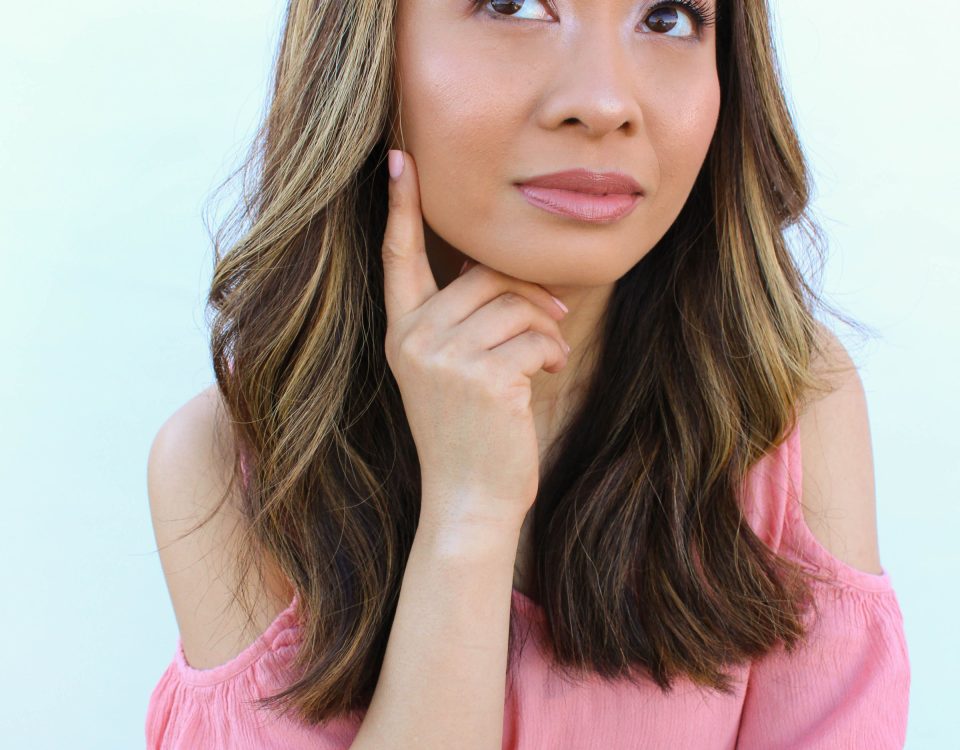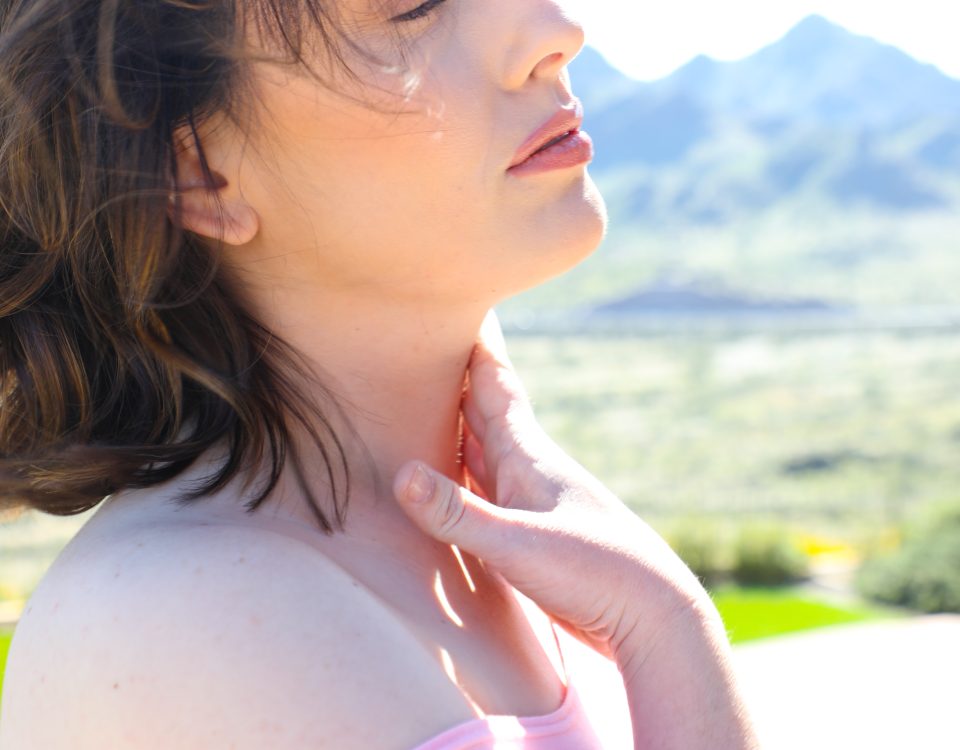Have you had difficulties with the quality of your sleep? Do you feel exhausted, irritable, or just not like yourself throughout the day? Well, you might be dealing with sleep apnea. It’s more common than you might know, and I want to help shine a light on sleep apnea – and what you can do about it – today.
- Have any questions?
- 480-767-9018
- support@in-goodhealth.com
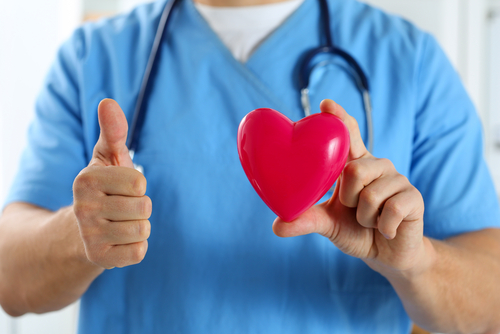
Salicylates: Friend Or Foe?
February 28, 2024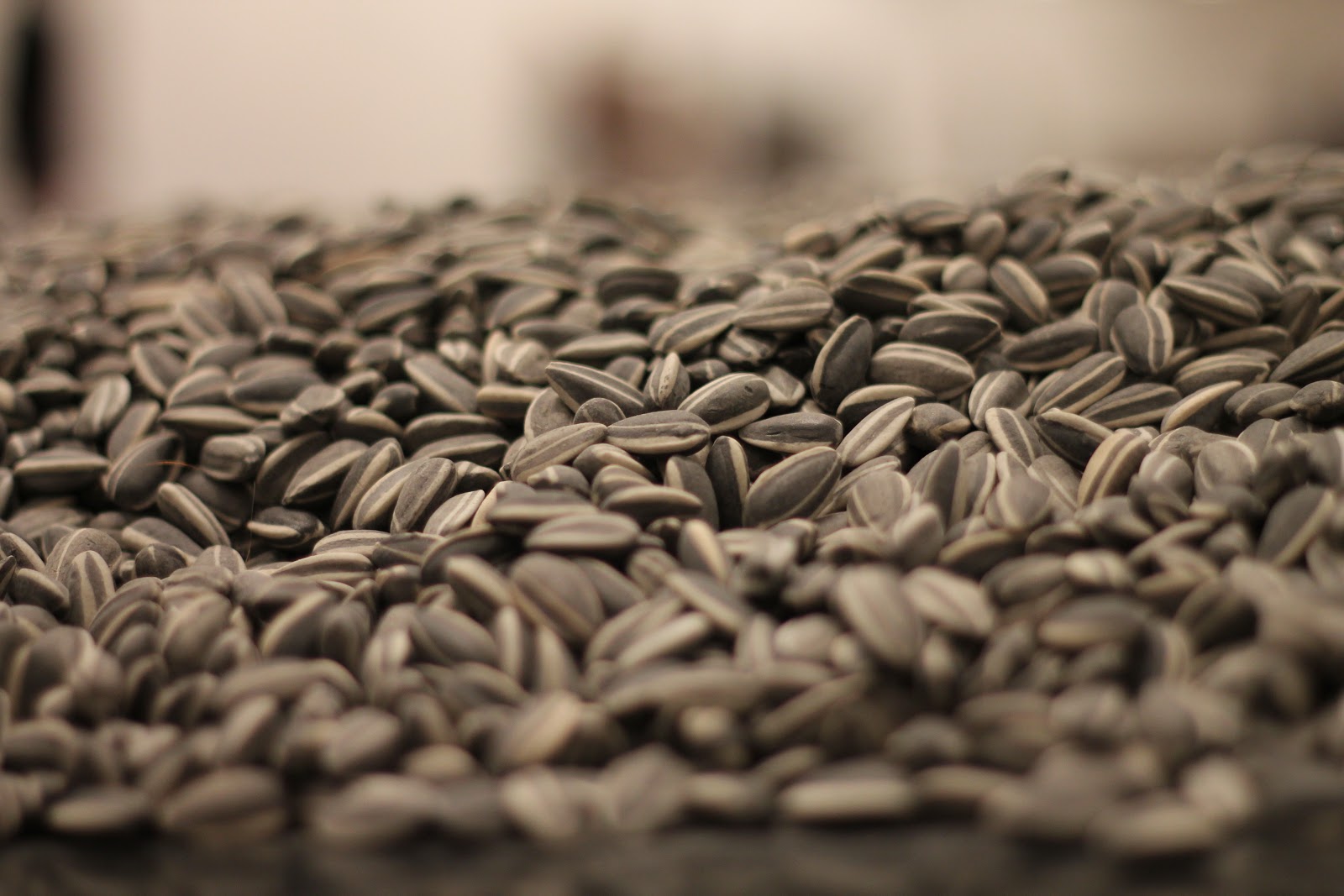
Vitamin E: The Right Amounts For Your Optimal Health
March 5, 2024
Salicylates: Friend Or Foe?
February 28, 2024
Vitamin E: The Right Amounts For Your Optimal Health
March 5, 2024Sleep Apnea: Defined
What happens when you have sleep apnea? Generally speaking, breathing is a process conducted both by the diaphragm and accessory muscles (like ones along the side of your body, or the back and shoulders).
These muscles work in concert with the diaphragm to move the lungs so that you are always breathing properly. During the deep, most restorative stages of sleep, though, we are shutting off all these kinds of muscles that have voluntary movements associated with them.
Now the diaphragm simply has to work harder, because it is all alone in the breathing process. This means that it may not be able to get oxygen, throughout the body, as effectively.

Key Insight: So many critical symptoms that can come from sleep apnea are never regarded as having come from it. Things like daytime sleepiness, fatigue, brain fog, dry mouth, irritability, weight gain, mood swings, and depression. Sleep apnea might be at the root of some, or all, of these symptoms.
If you feel like any of these symptoms apply to you, next is to take a long hard look at your history of sleep. Things might be suspect if you have a history of:
- Snoring
- Mouth breathing (while sleeping)
- Loud breathing
- Breath holding
The word apnea itself essentially boils down to “not taking in enough air.” What it really comes down to is the activity of your diaphragm, during this all-important period of deep sleep. That’s the paradox because when you need sleep the most, you are not getting enough oxygen.
Bottom Line: What we need to pursue is a balance. You need to be able to get enough oxygen while you sleep, while still enjoying those lengthy patterns of deep sleep on a nightly basis. How do we do it? Let’s dive into it a little more…
Sleep Apnea: Causes
There are essentially two main types of sleep apnea that I want to introduce to you, which include:
- Obstructive, and
- Central
Obstructive
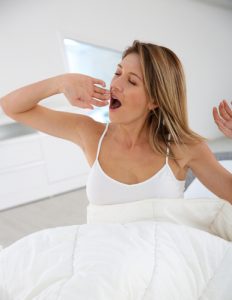
This basically means that something is getting in the way of your breathing. That can be your sinuses being swollen or congested, swelling back in the soft palate, the presence of your tongue dropping back, as well as pressure along the diaphragm (like visceral fat).
Key Insight: It is also possible for thyroid nodules, or a goiter, to create obstructive apnea. Need to learn more? Please take a moment to see what I have written about thyroid nodules and what you should know about them – and how you can treat them naturally (Read: Thyroid nodules, the full story and how to treat them naturally).
Central
This is where the brain is not sending the right signals to the body. Sometimes this can be from neurological diseases or illnesses, other times it might be coming from medications. Please know that sleep medications carry with them horrible risks for your body (the most common being zolpidem or ambien).
Research has shown that those who use these medications, even intermittently, can have a nine-fold higher risk of overall death.1 In terms of these studies, intermittently was defined as about 18 doses per year (which really is not that much to begin with). Death, in these instances, actually comes from fatal apnea episodes.
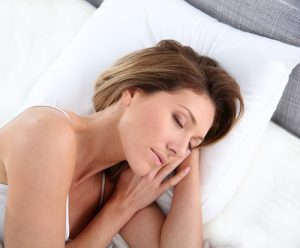
Risk Factors For Apnea
What are some of the risk factors for apnea? Let me walk you through some of the most notable…
Medical Conditions
When we talk about medical conditions prone to sleep apnea, we have to start with thyroid disease. Specifically hypothyroidism, which has been linked to sleep apnea in scientific research.2 We have also seen a connection between sleep apnea and polycystic ovarian syndrome.
Gender
For women, their risk of sleep apnea goes up after menopause. This is especially true for those who are not on hormone replacement therapy of any kind.3 Men have a slight increase in risk, but the difference is minimal – both genders are essentially equally at risk.
Age
Once we go 65 years or older, 56% of women have been found to have been dealing with some version of apnea.4 Even by age 50, the numbers edge more towards 40%, which tells us that it is very prevalent in these populations.
Blood Pressure
We also know that blood pressure can be a potential driver causing sleep apnea.
Bottom Line: There can be lots of common risk factors for sleep apnea. If you feel like you do suffer from sleep apnea, it is so important to work towards defining root causes and getting to the bottom of why it is happening – whether it has to do with medical conditions, gender, age, or blood pressure.
Treatments For Sleep Apnea

What can you do to deal with sleep apnea? Now that we know a bit more about the nuts and bolts of sleep apnea, as well as its prevalence, I want to detail some of the steps that you can take to help treat it.
The first, and potentially most important, thing you can do is avoid alcohol before bed. In the same way as the previously mentioned sleep medications, alcohol is slowing down certain parts of your brain to where your brain’s signal to your body to breath is impaired (as well as the tone of your tongue).
There is also the Daily Reset Shake. If you have difficulty staying asleep at night, one half serving of this shake served at bedtime can go a long way in ensuring a good night’s sleep…
The treatment of choice, from mild to moderate sleep apnea, is what we know as positional therapy. It is ridiculously easy, and the main rule is that you cannot sleep on your back. Sleep on your side, and not your stomach or your back.5
It works, the vast majority of the time, without any complications. The truth is that a lot of people, simply by default, tend to roll over on their back when it is time to sleep. In that case, there are so many ingenious devices created – like a pocket for a tennis ball – to keep you rolling from side to side (due to the discomfort created by the tennis ball placed on your back).6
Key Insight: Have you tried positional therapy? It is incredibly easy, and sometimes all you need is a tennis ball to guarantee yourself a good night’s sleep. At its heart, all you have to do is stay on your side, but it changes your life if you are suffering from sleep apnea.
But what about wrinkles? The only negative risk of this positional therapy is that you can traction your skin throughout the evening, which leads to a higher risk of developing wrinkles on your face.
The solution here could not be simpler: satin pillowcases. While you might see special beauty sleep pillows out on the market, satin pillows really do make all the difference. They prevent skin pulling them that may cause wrinkles. Problem solved!
Other Techniques For Apnea
What are some of the other things that you can do, apart from positional therapy, that can help with sleep apnea? There are some great ones, and they may even carry benefits beyond just helping you sleep better.
Weight Loss
Somewhere around 70% of those with sleep apnea are either overweight or obese. In these cases, weight loss can be a great idea towards preventing sleep apnea. Less weight overall means less pressure on the diaphragm (from visceral fat).
Breath Training
It turns out that wind instruments like, yes, the didgeridoo have been shown to reduce occurrences of sleep apnea. While there has not been a large amount of research put into this, it is harmless nonetheless!
It relies on a concept called “circular breathing.” When you play an instrument like the didgeridoo, you are constantly blowing out (while taking in the new air with your nose). Effectively, you never stop breathing out.
Somehow, this trains the tongue to learn not to drop back while sleeping – and you get to learn the didgeridoo, which is a nice bonus.
Nasal Decongestants
Chronic sinus congestion is real, and nasal decongestants can play a role in making things better. Something like a nasal rinse can work very well.
Upper Airway Stimulation
This is very neat. They have made devices which, using small patches, create microcurrents to stimulate the nerve just below the tongue – so that it does not get in the way.
Oral Appliances
There are things like special night guards that you can use to deal with sleep apnea. They help keep your jaw forward so that your tongue avoids dropping in the way.
Acupuncture
A very interesting study from Brazil looked into the effects of acupuncture on sleep apnea.7 While it was a small study, as we learn more it might be a good option moving forward.
Medical Devices
Primarily, I want to focus on two devices here:
- CPAP
- BIPAP
These are what are known as positive airway pressure devices. They bring in air flow, throughout the night, to help facilitate that process a little better. For some, they can be a nuisance or difficult to use, but for others, they are absolutely life-changing.
Surgery
Surgeries on the soft palette seem to help with snoring, but make little difference when it comes to sleep apnea.
Bottom Line: Make sure that, no matter what treatment options you use, that you know the whole story about them and how they can help you. There are lots of options out there, so it helps to go with one that works for you, is comfortable, and makes sense for your lifestyle.
Sleep Apnea: Action Steps
If you do suspect sleep apnea in your life, this is what you can do. If you are experiencing any of the symptoms that I mentioned before, or you feel like some nights are great and some nights are terrible, it could be apnea.
What is the next thing you should do? Test! You can get evaluated by your doctor, and there are also many home testing options available on the market. You can wear a device and simply sleep at home to see your results.
Bottom Line: Test however you like, but know that it is entirely safe – and even good – to undergo positional therapy to try and get a better night’s sleep. If it helps, please continue to do it.

Sweet Dreams From Sleep Apnea
What I hope you learned today is that sleep apnea is very real and that it may be at the core of you experiencing fatigue throughout the day. While the symptoms might be common, so you really need to ensure that you have it, the treatments are simple and often quite cost-effective.
Now that you have learned a little bit more about sleep apnea, are you potentially concerned about thyroid nodules and if they might be playing a role? Testing for your thyroid can be just as simple as testing for sleep apnea, and the Thyroid Quiz (Click Here) is a fantastic place to start. Please try it today, and guarantee a better vision for your long-term health by giving yourself the information you deserve.
1 – https://www.ncbi.nlm.nih.gov/pmc/articles/PMC4890308/
2 – https://www.ncbi.nlm.nih.gov/pmc/articles/PMC2645248/
3 – https://www.ncbi.nlm.nih.gov/pubmed/11254512
4 – https://www.ncbi.nlm.nih.gov/pubmed/1798880
5 – https://jcsm.aasm.org/viewabstract.aspx?pid=29877
6 – https://jcsm.aasm.org/viewabstract.aspx?pid=29878
7 – https://www.ncbi.nlm.nih.gov/pubmed/17023212

P.S. Whenever you are ready, here is how I can help you now:
- Schedule a Thyroid Second Opinion with me, Dr. C, Click Here for Details
- Need help to choose supplements? Click ‘Help Me Decide Here'
- Get my top books Here
Dr. Alan Glen Christianson (Dr. C) is a Naturopathic Endocrinologist and the author of The NY Times bestselling Hormone Healing Cookbook, The Metabolism Reset Diet, and The Thyroid Reset Diet.
Dr. C’s gift for figuring out what works has helped hundreds of thousands reverse thyroid disease, heal their adrenals, and lose weight naturally. Learn more about the surprising story that started his quest.




